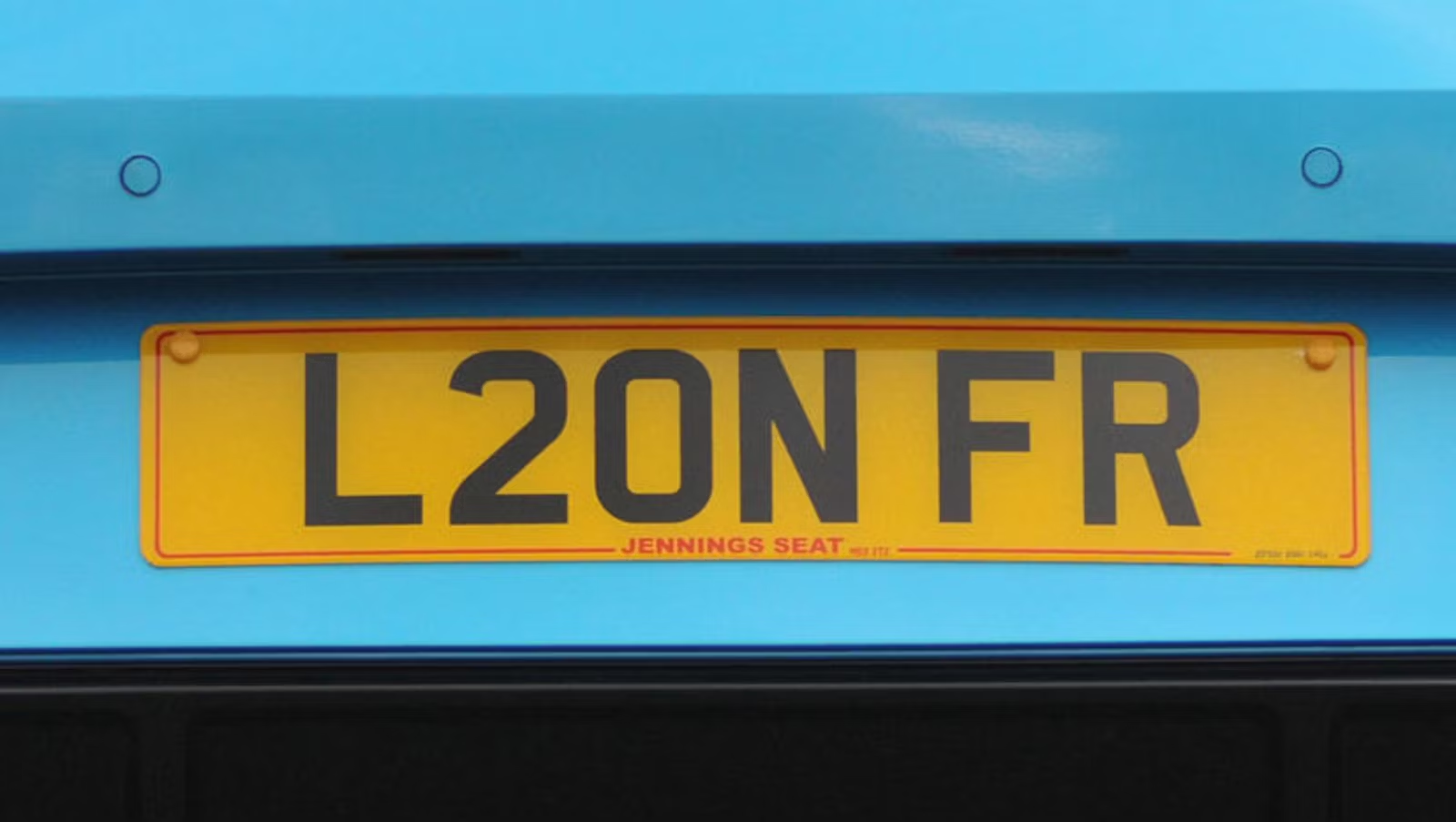Eyesight requirements for driving
June 29, 2022 by John Tallodi

Searching for clarity on the eyesight requirements for driving? Look no further
Every motorist needs to meet certain minimum eyesight requirements to be allowed to drive a car. You have to be able to read a standard number plate from a distance of 20 metres as well as meet minimum visual acuity and field of vision requirements.
In this article we will discuss these legal requirements in detail as well as what happens if a medical condition affects your eyesight.
What is the legal eyesight standard for driving?
The legal eyesight standards can be broken down into three basic requirements:
- You need to be able to read a number plate made after 1 September 2001 (the current design) from 20 metres away.
- You must have a visual acuity of at least 0.5 (6/12) on the Snellen scale (see below for details)
- You need to have an ‘adequate’ field of vision
These standards can be met with or without wearing glasses or contact lenses, but glasses can have a corrective power of no more than (+) 8 dioptres; there is no limit on contact lenses. If you require glasses/contact lenses to meet the minimum eyesight requirements, you are legally required to wear them while driving.
The Snellen scale is a standard measurement used by opticians, which is based around your ability read a chart of random letters of diminishing size – this is a test anyone who has had an optician appointment will be familiar with. The legal minimum standard of 6/12 on the Snellen scale means you are able to see to a distance of six metres, where someone with ‘normal’ eyesight would be able to see at 12 metres.

With regard to having an ‘adequate’ field of vision, if you are in any doubt about this you should consult with an optician and have a test if necessary.
Lorry and bus drivers have to meet a higher standard and need a visual acuity of least 0.8 (6/7.5) on the Snellen scale in their best eye and at least 0.1 (6/60) on the Snellen scale in the other eye. If you were in possession of your lorry or bus license before 1 January 1997 you may still be able to renew it, even if you do not meet these standards.
Is there an eyesight test for driving?
Every practical driving exam commences with a quick vision check that requires you to read a standard number plate (the type made after 1 September 2001) from 20 metres away. If you are unable to do so, you will fail the driving test immediately, and must reapply; if you need to reapply, the DVLA (Driver and Vehicle Licensing Agency) will require you to have an eyesight test with the DVSA (Driver and Vehicles Standards Agency) – this usually takes place at a driving test centre. If you pass then you will be able to carry out your practical driving test, with the proviso that you can now read a number plate at 20 metres.

Your eyesight degrades over time, so it is important to have regular eye tests; the NHS recommends one every two years. Doing this can highlight any changes to your vision. Driving with eyesight below the legal standard will make it difficult for you to see road markings, cars or people, especially in inclement weather or during the night.
What if I have a medical condition that affects my eyesight?
If you are long, short-sighted or colour blind, there is no need to tell the DVLA. Just make sure you wear the correct prescription glasses when driving.
However, there are some medical conditions that can affect your eyesight, and the DVLA will need to be informed. If you have a motorcycle or car license, then you can use the government’s online service or check the A to Z list to see whether your condition requires reporting. Only the latter method is available to those with a bus, lorry or coach license and the list of medical conditions is more comprehensive.
Failure to tell the DVLA about your condition may result in a fine of up to £1,000 and possible prosecution in the case of an accident.
In some cases, you may have to do additional eye tests to determine the severity of the condition and how it affects your ability to meet the minimum eyesight requirements.
Buy your next car (and sell your old one) with carwow
Got your sights set on a new car? Then take a look at the latest offers through carwow. A network of trusted dealers will come to you with their best prices. There’s no need to haggle or negotiate and you can compare your offers in one place without even having to leave your home.
If you’re thinking of selling your old car you can do that through carwow, too. Our network of dealers will come to you with their best offers for your vehicle — no haggling, no stress, and the price you’re offered is the price you’ll get. After you’ve chosen the best offer, the dealership will arrange to collect your car, and you’ll receive the money for it when they come.















